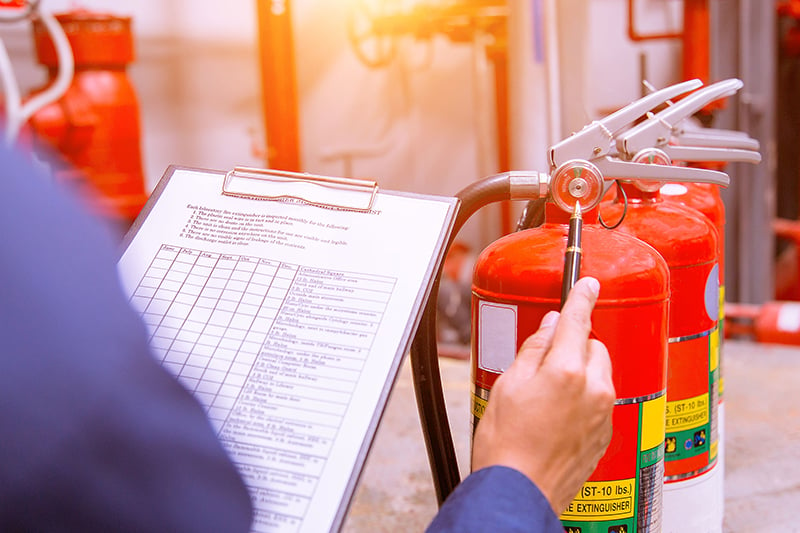Fire safety is a paramount concern in any workplace, and the first line of defense against potential disasters is a comprehensive Fire Risk Assessment. This proactive measure plays a pivotal role in identifying and mitigating fire hazards, ensuring the safety of employees and safeguarding the integrity of the workplace.
Key Components of Fire Risk Assessment:
-
Identification of Fire Hazards: The assessment begins with a meticulous examination of the workplace to identify potential fire hazards. This includes assessing electrical systems, flammable materials, ignition sources, and emergency exits.
-
Evaluation of People at Risk: Understanding the vulnerability of individuals in the workplace is crucial. Fire Risk Assessments consider the presence of employees, visitors, or anyone who might be on the premises, ensuring that evacuation plans are tailored to the specific needs of the people at risk.
-
Assessment of Current Fire Safety Measures: Existing fire safety measures, such as fire alarms, extinguishers, and evacuation routes, are evaluated for their effectiveness. This helps in identifying areas for improvement and ensuring that the current safety infrastructure is up to standard.
-
Development of Emergency Plans: A comprehensive Fire Risk Assessment includes the formulation of detailed emergency plans. This involves establishing evacuation procedures, assembly points, and communication protocols to be implemented in the event of a fire.
Benefits of Fire Risk Assessment:
-
Prevention of Fire Incidents: By identifying and addressing potential fire hazards, Fire Risk Assessments play a crucial role in preventing fire incidents. This proactive approach is key to maintaining a safe and secure workplace.
-
Legal Compliance: Compliance with fire safety regulations is not only a legal requirement but also essential for the well-being of everyone in the workplace. Fire Risk Assessments ensure that businesses meet and exceed the necessary regulatory standards.
-
Protection of Property and Assets: Beyond safeguarding lives, Fire Risk Assessments contribute to the protection of property and assets. By implementing preventive measures, organizations reduce the risk of substantial financial losses resulting from fire damage.
-
Peace of Mind for Employees: Knowing that their workplace is equipped with thorough fire safety measures provides employees with peace of mind. This positively impacts morale and contributes to a positive and secure work environment.
Implementing Fire Risk Assessment with Bravanark:
As a trusted provider, Bravanark offers specialized Fire Risk Assessment services tailored to various industries. Their expert team ensures a meticulous evaluation of fire risks, providing businesses with actionable insights and recommendations to enhance their fire safety protocols.
Conclusion: Fire Risk Assessment is not just a regulatory obligation; it is a critical aspect of responsible business management. By investing in a thorough assessment, organizations can fortify their defenses against potential fire disasters, prioritize the safety of their workforce, and contribute to a workplace culture built on preparedness and vigilance.














